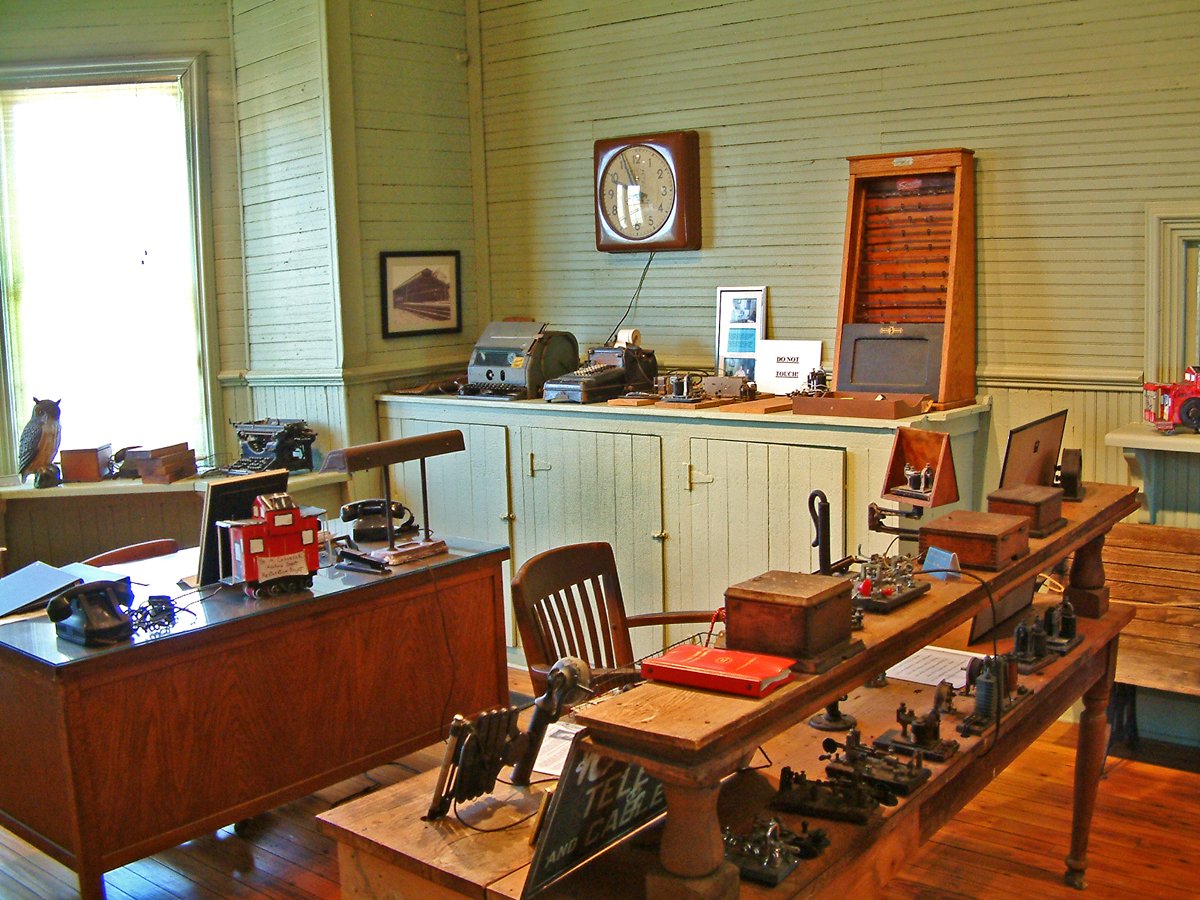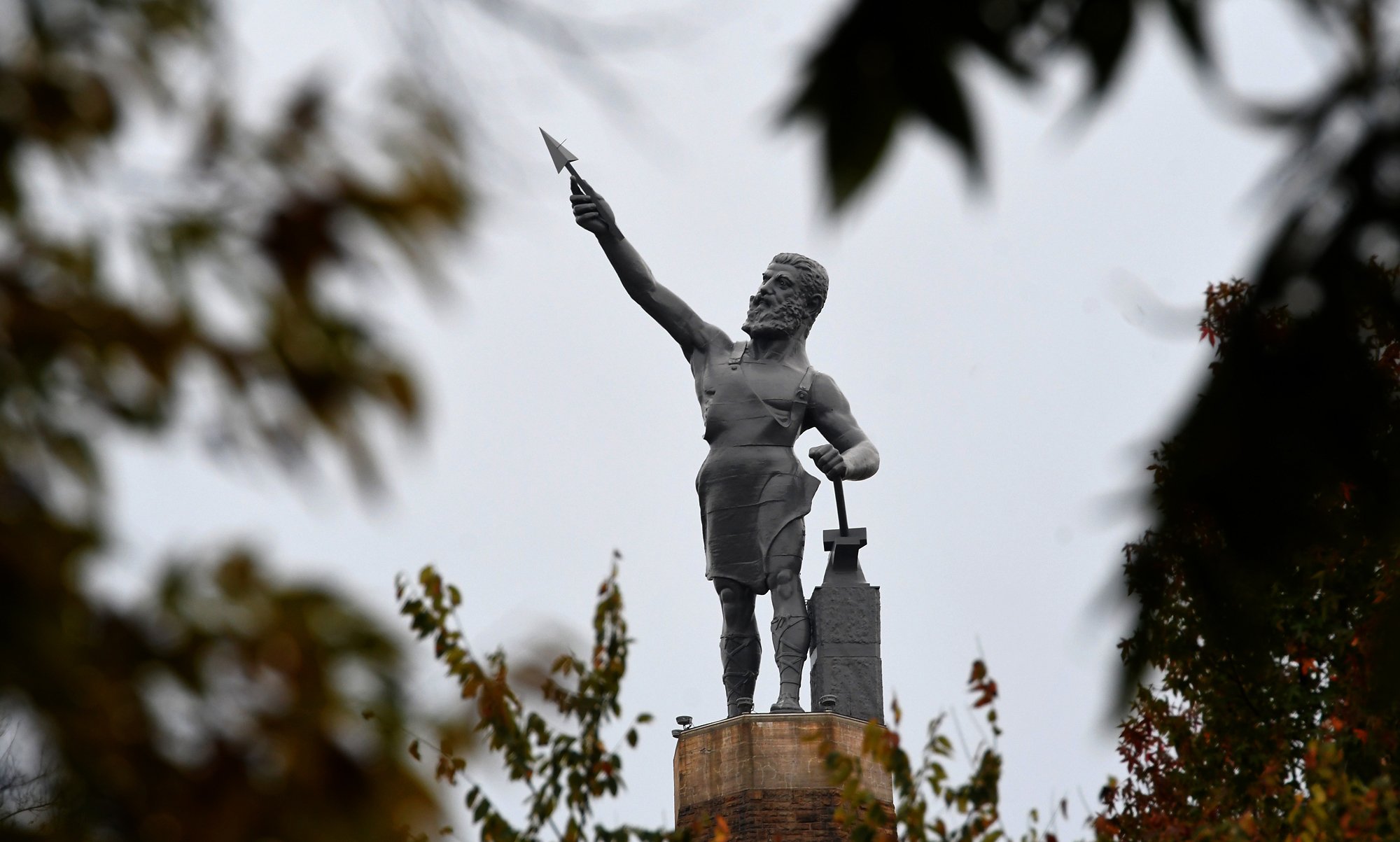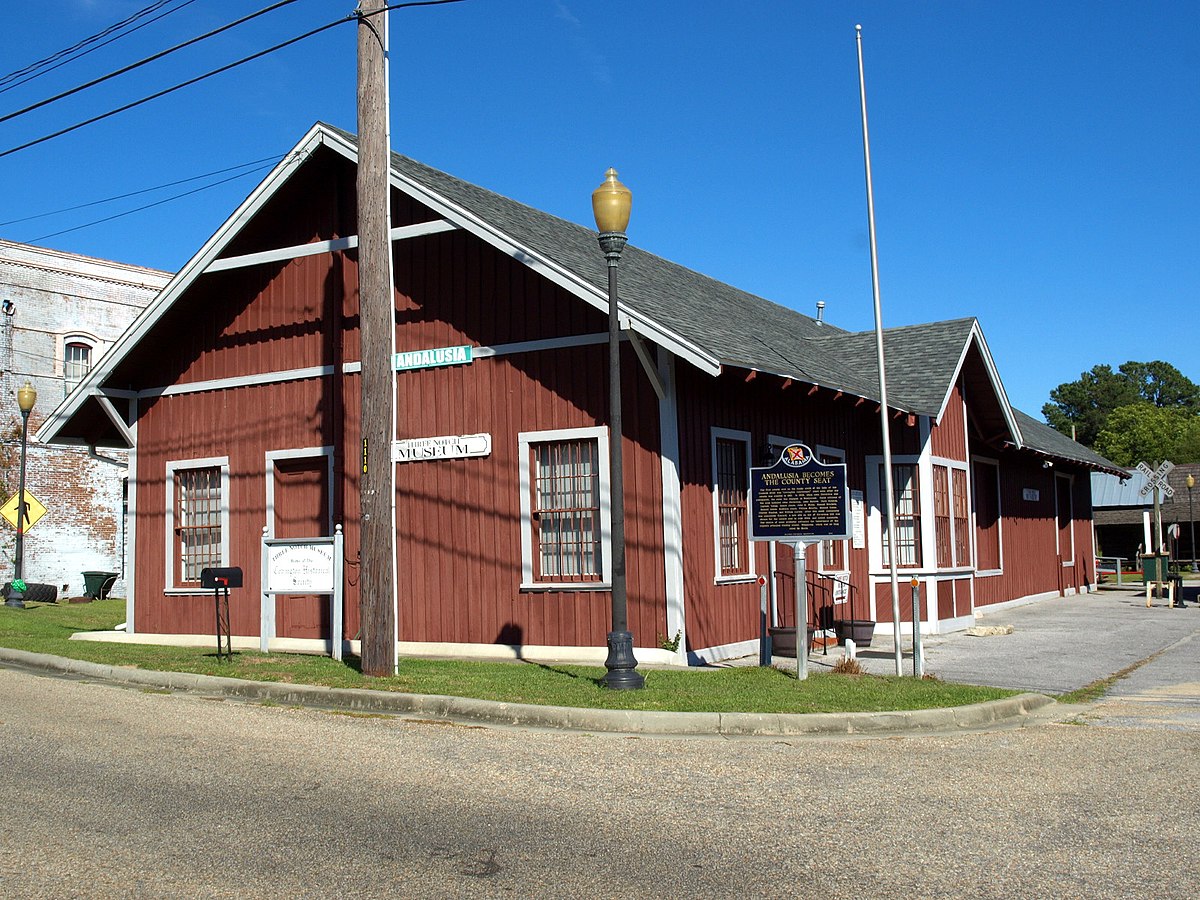The Tennessee Valley Art Association Is One of Alabama's Best Small Museums
The Tennessee Valley Art Association is one of the best kept secrets in Alabama for one reason only; a lot of people do not know about it.
Also known as the TVAA, it is located in Tuscumbia, Alabama, and is in the Muscle Shoals area in the northwestern part of the state.
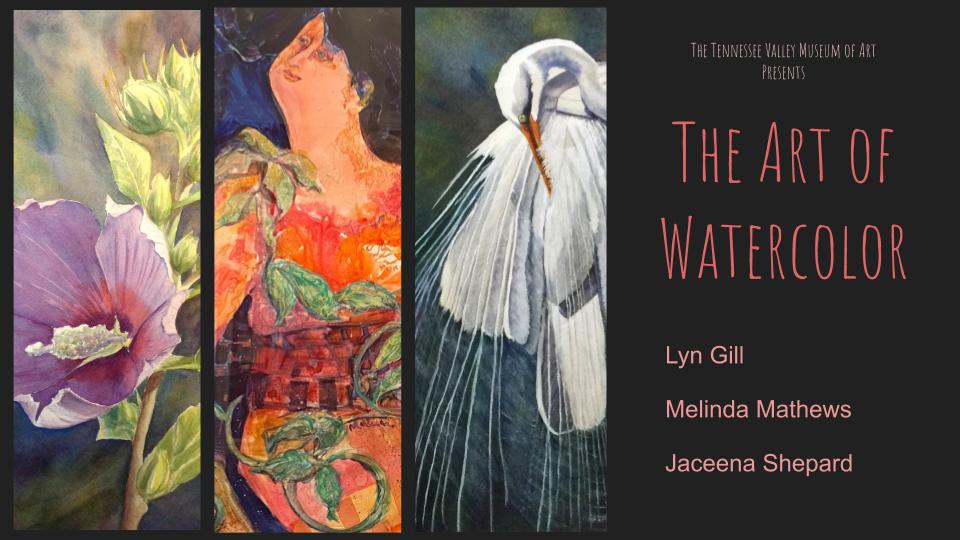 The Tennessee Valley Art Association Picture One
The Tennessee Valley Art Association Picture OneHowever, this is not your average art museum, as it also features a theatre that hosts both theatrical as well as musical performances and also has a preforming arts school.
It also features several rotating exhibits as well as a permanent one, which is extremely interesting.
It also has one of the state’s most interesting collections of local and regional artists.
The History of the Tennessee Valley Art Association
The Tennessee Valley Art Association has a very interesting history, and it was officially founded in the year 1964.
It was founded for two very distinct reasons; to provide a museum as well as providing art programs for the residents of the area.
The center it is housed in was constructed in the year 1972 and is located in the historic Common Area in Tuscumbia.
However, it origins predate all of these dates, as it “born” in 1953 when a group of local artists organized to create workshops and classes.
By the year 1963, a local artist named Ethel Davis gathered several of her fellow artists to set the stage for its official beginning.
During the next 7 to 8 years, a fund-raising project was started, and three major alleys of funding were created.
It included business leaders, civic organizations, as well as private citizens.
In the year 1972, the Tennessee Valley Art Association officially opened with one gallery, two offices, and two small rooms.
In its early beginnings, it hosted temporary exhibits by both local and regional artists, as well as what was called “Exhibition South”.
This was a juried photography show that was a statewide fine arts competition.
In these early days it also hosted an annual art show on the grounds of Ivy Green, the birthplace of Helen Keller.
Started in 1979, this art show occurred at the same time as the Helen Keller Festival, where it was first held in the Tuscumbia Spring Park.
This participation continued until 2011, when the control of the festival passed to the city of Tuscumbia.
In the year 1978, the Tennessee Valley Art Association expanded to include the preforming arts, and these events were first held in public venues that included local churches.
From here the Association organized several other venues that were held in the Art Center.
They included the Tennessee Valley Sting School, The Suzuki School of Music, and the Boys’ Choir.
Two years later in 1980, they added the Shoals Community Orchestra to their schedule, which was later incorporated with the String program.
In the same year, they also created the Center Stage Theatre, where plays were presented in the Tuscumbia Utility Departments auditorium before moving to its current home.
In the year 1983 the Association purchased the old Ritz Theatre in Sheffield, as its main venue for its performances.
The History of the Ritz Theatre
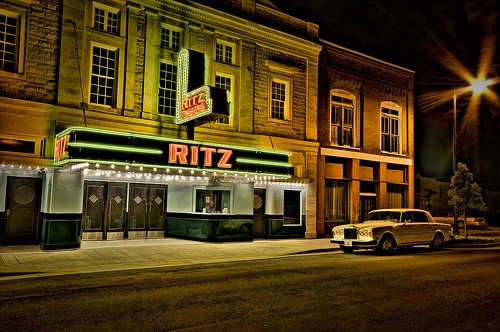 The Ritz Theatre In Sheffield Alabama
The Ritz Theatre In Sheffield AlabamaOne of the main venues for the Tennessee Valley Art Association is the Ritz Theatre, which has a very unique history.
This historic theatre is the only former silent movie house that is left standing in the entire Shoals area.
First built in the year 1927, it opened to the public in the year 1928.
Once it was purchased by the TVAA, it was completely restored and after two years of restoration, it was opened again to the public in 1985.
Its first major production was the musical “Anything Goes”, and in the year 1992 an expanded lobby, kitchen, and set shop were added to the historic theatre.
However, this was not the end of its expansion by the Tennessee Valley Art Association, as in the year 2009 its exterior façade was restored.
It was restored to look like it did in the 1930’s, where it currently hosts four major theatre arts programs.
They include the “Center Stage” community theatre, the “New Stage” professional series, and the “Time Out Theatre”, which is featured for children.
It also includes “Summer Stock”, which is an educational theatre program geared for young adults between the ages of 16 to 29.
The Ritz School of Performing Arts
One of the fastest growing and most popular venues at the Tennessee Valley Art Association is its Ritz School of Performing Arts.
It is set up with the mission of proving young adults between the 9th and 12th grades the opportunity to grow their skills in the performing arts.
This includes acting, vocal performances, as well as choreography.
Its goals include developing their individual talents, enabling them to succeed, and providing them the opportunity to participate in these critical arts.
Its vision is to be a high-quality educational process that will develop these young adults with the right curriculum that enriches their practical application.
Their entire goal and purpose are to prepare their students to not only further pursue their artistic goals, but to succeed at them.
The Exhibits at the Tennessee Valley Art Association
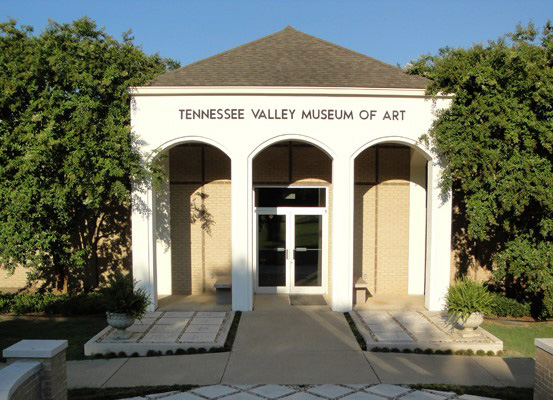 The Museum of Art At The Tennessee Valley Art Association
The Museum of Art At The Tennessee Valley Art AssociationThere are 7 to 8 traveling exhibits at the Tennessee Valley Art Association yearly, but there is one permanent one that is very unique and interesting.
It is called the Martin Petroglyph.
A petroglyph is an image that is created by removing a rock surface by four different methods.
These include incising, picking, carving, or abrading it as a form of rack art, and it is also referred to as carvings or engravings.
The Martin Petroglyph and its companion boulders were removed from the bluff they were located on in 1990, by the Alabama Department of Conservation and Natural Resources.
Located in Barton Alabama, they were removed to prevent vandalism, and they are believed to be of great historical significance.
The reason for this significance is quite simple; they provide evidence of human history in the area before there was written history.
Two of the stones have carvings of both human footprints and snakes, and three of the stones have mortar holes that were used for food processing.
Experts date these stones to 600 to 1,000 years ago, and while their meaning is still a mystery, it gives us proof of human existence that was very, very old.
To properly exhibit and tell the story of these stone objects, the TVAA found it extremely important to link the location where they were found to the stones themselves.
Because of this, this exhibit is divided into two separate spaces.
The first space contains these very interesting and historic stones and is re-created as the bluff on which they were found.
They do this by also re-creating the rock, the terrain, the foliage, as well as the sounds that you would hear if you were in the nearby forest.
By doing this and with the aid of hand painted murals, you immediately feel like you are literally standing at the original site.
The second space adds to the first space’s credibility, as it exhibits interpretative features of nature that include back-lit photographic transparencies.
There is also a scale model of the original site that puts these petroglyphs in context with the aid of a three-dimension exhibit.
This three-dimensional exhibit rotates and includes several artifacts from the original area that would have been created by these ancient people.
They include shell and copper adornments, stone carving, as well as arrowheads and the stones they would have used to create them.
These artifacts were donated in the year 1990 by the owners of the property, Mr. and Mrs. Robert Martin.
They were donated to the University of Alabama Museums to prevent vandalism, where they were later located to the TVAA.
There is also a very large collection in the museum that has been made possible by numerous donations.
It is made up of art from local and regional artists.
All of these features make the Tennessee Valley Art Association one of the most interesting of all the Alabama the smaller museums.
References

Alabama Gift Store
Numerous Items for You and Your Family to Enjoy
See it here at the Gift Store
Copyright 2019-2023 Alabamabackroads.com
All Rights Reserved
